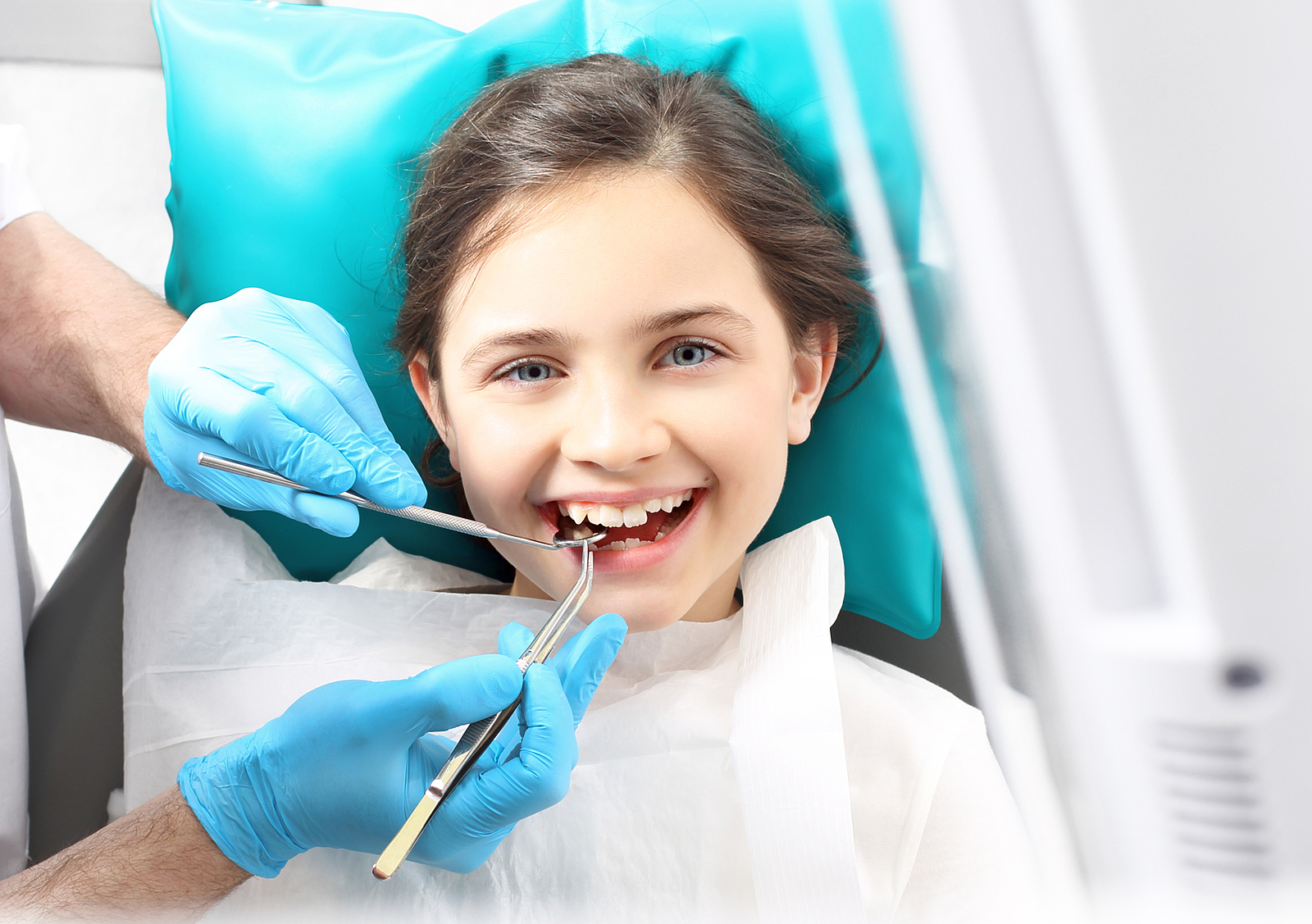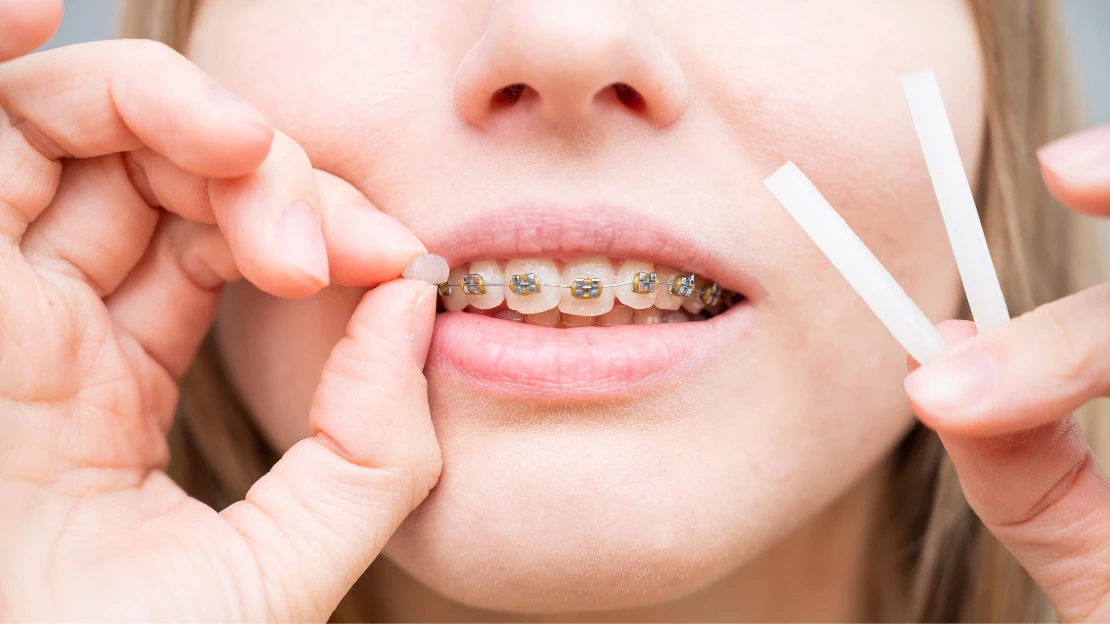Legacy Orthodontics Things To Know Before You Buy
Table of ContentsGetting My Legacy Orthodontics To WorkLegacy Orthodontics Fundamentals ExplainedSome Ideas on Legacy Orthodontics You Need To KnowUnknown Facts About Legacy OrthodonticsThe Greatest Guide To Legacy Orthodontics
In enhancement, we supply flexible therapy timetables, versatile payment choices and a fun, satisfying experience.An orthodontist is a dentist educated to diagnose, protect against, and deal with teeth and jaw irregularities. They fix existing problems and are trained to identify troubles that may create in the future. Orthodontists deal with individuals of all ages, from children to adults. Individuals commonly link a best smile with healthiness.
Malocclusion, or misaligned teeth, can bring about dental problems, including dental cavity, gum tissue disease, and challenging or excruciating eating. Not every person is born with straight teeth. If you have a bad bite or big spaces in between your teeth, you may intend to speak with a dental expert specializing in orthodontic treatment.
The Of Legacy Orthodontics
( Picture Credit Rating: DigitalVision/Getty Images) Orthodontists use fixed and removable oral gadgets, like dental braces, retainers, and bands, to transform the setting of teeth in your mouth. Orthodontic therapy is for oral abnormalities, consisting of: Jagged teethBite troubles, like an overbite or an underbiteCrowded teeth or teeth that are as well far apartJaw misalignmentThe goal of orthodontic treatment is to enhance your bite.
A healthy bite ensures you can eat, chew, and talk properly. While you could think about orthodontists as mostly for children or teenagers who need dental braces, they can deal with oral troubles at any age. Orthodontists attend university, oral school, and orthodontic institution. After graduation, they invest 2 or 3 years in an orthodontic residency program.
All orthodontists are dental practitioners, however not all dental experts are orthodontists. Orthodontic residency programs offer intensive, concentrated direction for dental professionals. They concentrate on two areas: Just how to appropriately and safely relocate teeth Just how to effectively guide growth in the teeth, jaw, and faceOnce an orthodontist has actually finished training, they have the option to become board certified.
Get This Report on Legacy Orthodontics
Imbalance, or malocclusion, is the most typical reason individuals see an orthodontist. It is hereditary and is the result of size differences between the top and lower jaw or in between the jaw and teeth. Malocclusion results in tooth overcrowding, a misshapen jaw, or irregular bite patterns. Malocclusion is generally treated with: Your orthodontist connects steel, ceramic, or plastic square bonds to your teeth.
If you have just small malocclusion, you might have the ability to utilize clear dental braces, called aligners, rather of conventional braces (https://pxhere.com/en/photographer/4385580). Some individuals need a headgear to assist relocate teeth into line with pressure from outside the mouth. After dental braces or aligners, you'll need to put on a retainer. A retainer is a personalized device that maintains your teeth in location.
They're most often used on children. They can develop added space in the mouth without having to draw teeth. If you have a significant underbite or overbite, you could require orthognathic surgical procedure (additionally called orthodontic surgical procedure) to extend or reduce your jaw. Orthodontists make use of cables, surgical screws, or plates to support your jaw bone.
You might need to see an orthodontist if you have: Crowding or otherwise adequate room for all of your teethOverbite, when your upper teeth come over your bottom teethUnderbite, when your visit the site bottom teeth are as well much forwardSpacing or issues with gapsCrossbite, which is when your upper teeth fit behind your bottom teeth when your mouth is closedOpen bite or a vertical void in between your front bottom and top teethMisplaced midline, when the center of your bottom and upper teeth don't line up Remedying a dental malocclusion can: Make biting, chewing, and talking easierImprove the balance of our face and your total appearanceEase discomfort from temporomandibular joint problemsDifferent your teeth and make them easier to clean up, aiding prevent dental cavity or cavities It's typically a dental professional who first notices misaligned teeth during a regular examination.
Legacy Orthodontics for Beginners

During your very first orthodontic appointment, you'll likely have: An oral examPhotos taken of your face and smileDental X-raysPanoramic (360 degree) X-rays of your face and headImpressions to develop molds of your teethThese tests will certainly help your orthodontist understand how to wage your therapy. orthodontist. An orthodontist is a dental expert who's had training to treat your teeth and jaw
An orthodontist is focused on your bite, so something like a broken tooth would be managed by a dentist. Orthodontists are concentrated on your bite, or the method your teeth fit together, and the straightness of your teeth.
Ever questioned how celebs constantly appear to have perfectly straightened teeth? The response frequently hinges on the competent hands of an orthodontist. Yet exactly what does an orthodontist do? Orthodontists are oral professionals who concentrate on remedying irregularities in the teeth and jaws. Their proficiency goes past just developing a gorgeous smile; it extends to boosting your general dental wellness and function.
Legacy Orthodontics - Questions

, orthodontists have a diverse toolkit at their disposal. These tried-and-true braces make use of a system of braces bonded to the teeth and attached by wires.
These removable trays are custom-made to gradually change the teeth's placement. In situations of narrow jaws, palatal expanders can be utilized to produce area for correct tooth placement.